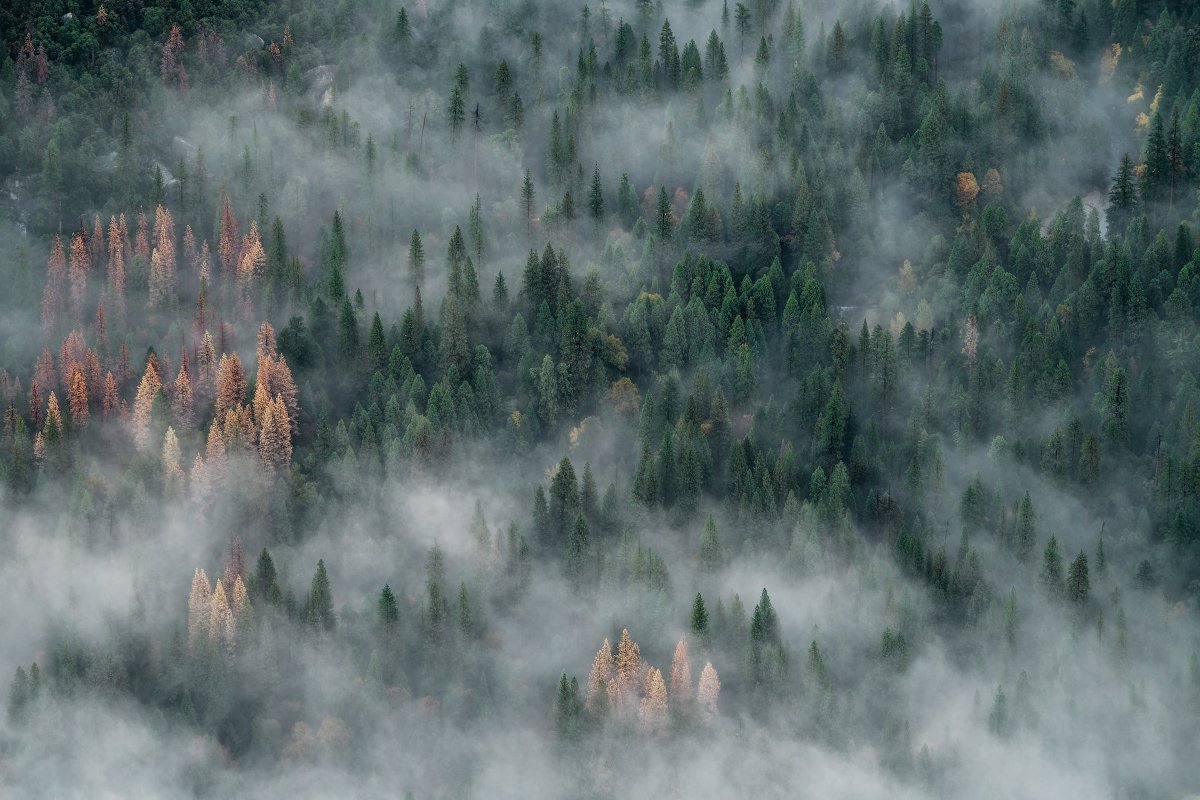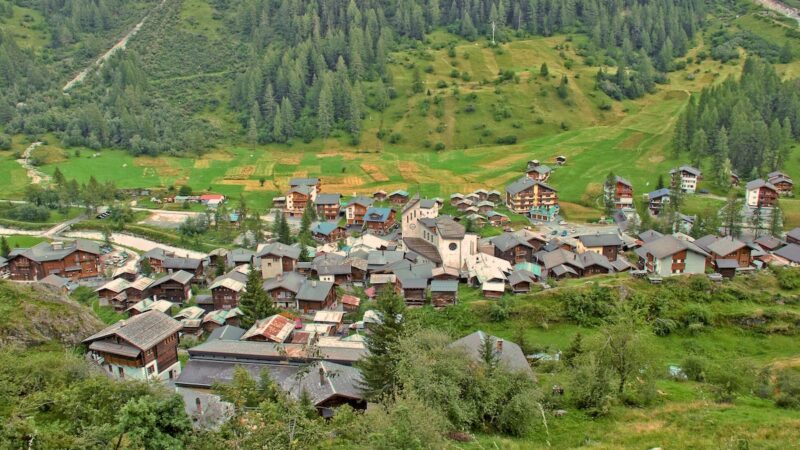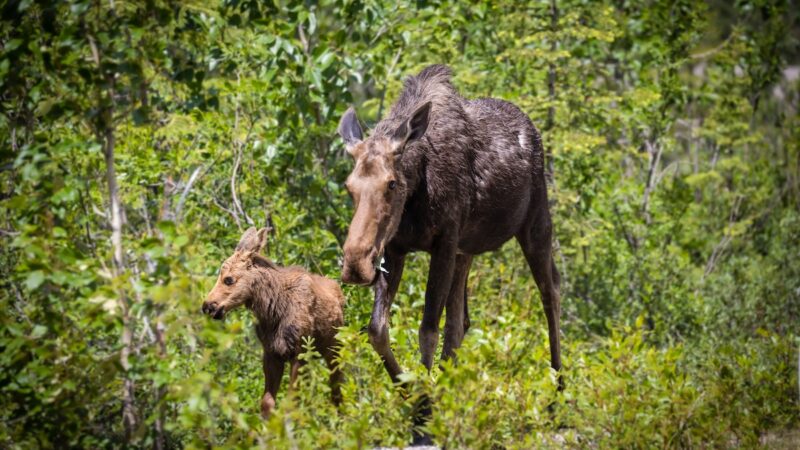How Some of the Largest Trees in the World Protect Themselves from the California Wildfires
In 2020, severe wildfires affected a huge swath of Big Basin Redwoods State Park’s Coastal Redwoods. Ancient trees such as these can survive wildfires with some frequency, but one study shows recovery occurring in a new, exciting way.
Videos by Outdoors

Nature Plants Study After the Redwood Wildfire
The study comes from a journal called Nature Plants. In it, they observed burned trees recovering via new, green sprouts from roots, trunks, and branches. This occurred on trees where the fire had leapt extraordinarily high, destroying the canopy, rendering them unable to photosynthesize. These Redwoods would then utilize nonstructural carbon reserves for regrowth. Direct use of these older reserves has rarely been observed by science, and apparently never in trees of this age or this size. In the study’s abstract, you can read: “We found some sprouts contained the oldest carbon ever observed to be remobilized for growth. For certain trees, simulations estimate up to half of sprout carbon was acquired in photosynthesis more than 57 years prior.” This means photosynthesis that occurred over half a century ago is now aiding in the recovery of those redwoods.
At the same time, the sprouts emerged from buds that had been dormant on these redwoods for centuries. Redwoods create this budlike tissue as they go. It often remains dormant under the bark for huge stretches of time. As scientists analyzed a sample from a fallen redwood after the fire, they found that some buds which had sprouted were as old as 1000 years. This holds fascinating implications for the longevity and potential use of these Redwood survival techniques.

Big Basin Redwoods State Park
Redwoods sink a notable amount of energy into these carbon stores. It’s a survival technique, allowing them to live through catastrophic events that don’t occur regularly, such as the 2020 wildfire. This study offers new insight into the extent of these stores. It is slow work, accumulating excess energy over decades to save for occasions such as this, but it is vital. Trees like these redwoods, who live for thousands of years, work slowly, with long-term plans built in.
Anyone who’s been to a Big Basin Redwoods State Park has seen the size and majesty of these ancient life forms. Those lucky enough to see a cross-section of a fallen Redwood can observe their age firsthand. When put on display, there will sometimes be signs denoting when the tree was young. A plaque near the central, youngest rings of a Redwood cross-section might read something like, “The year of Jesus’ birth.” It’s a tragedy to see trees of this age pass on, and it inspires hope to see them survive.







